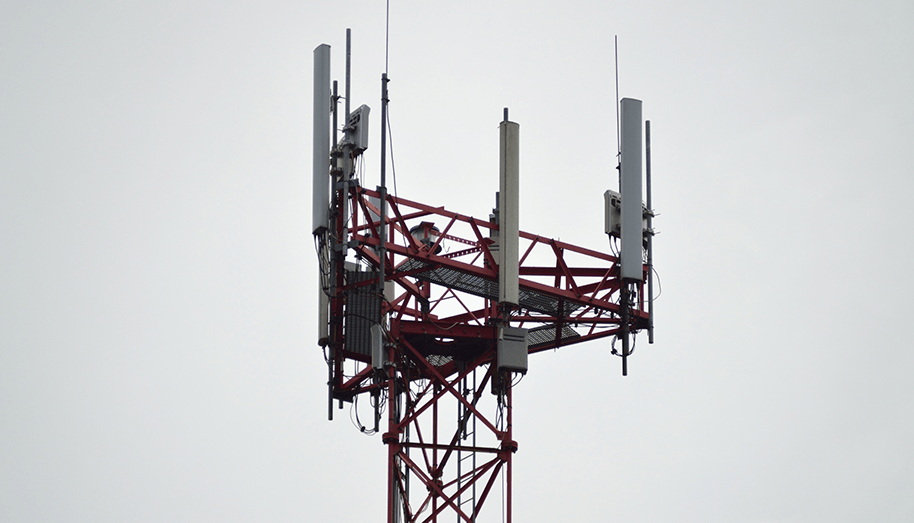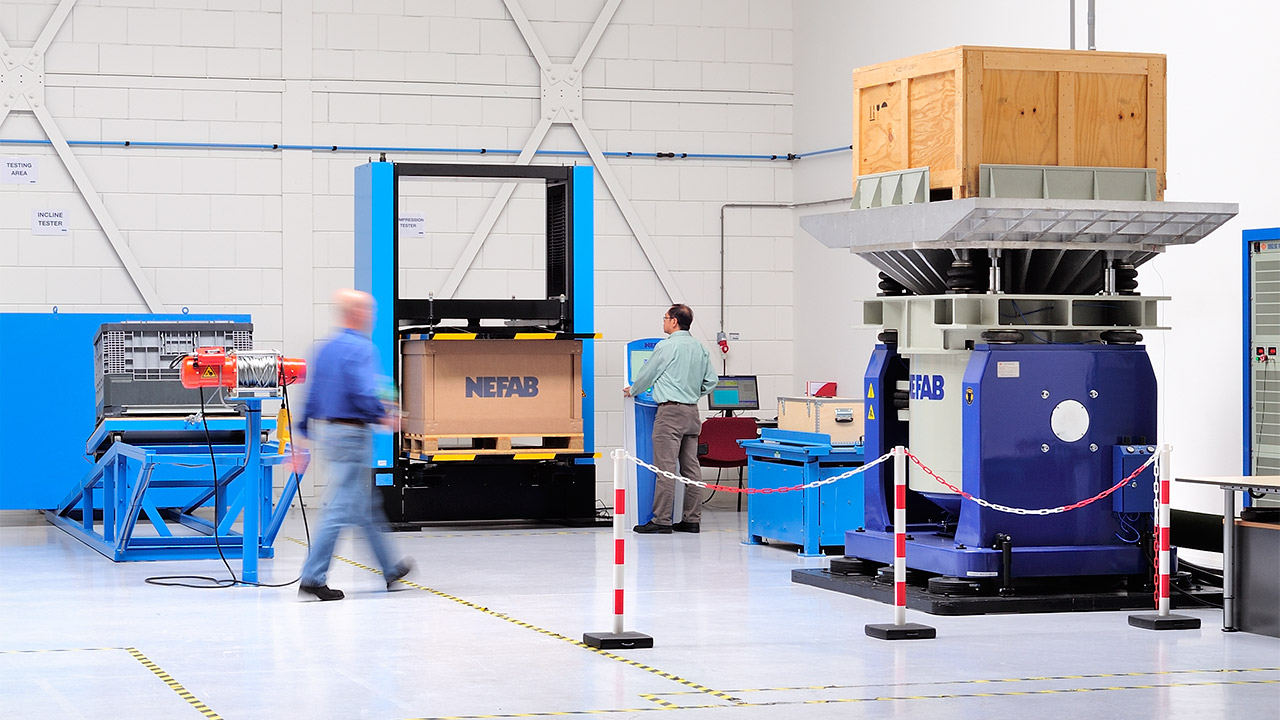Increased Data
Antennas are typically placed on rooftops, in masts or on building walls, depending on network requirements or topology. Each base station can only serve a certain number of mobile devices at a time, so as the number of mobile device users in a particular area grows, more base stations and antennas will be needed.
According to forecasts from Ericsson, total mobile data traffic is expected to increase by nearly eight times by the end of 2023, reaching close to 107 exabytes (EB) per month. At that time, it is expected that 20 percent of mobile data traffic worldwide will be carried by 5G networks.
5G signals typically don't travel as far as 4G signals, due to use of much higher frequencies. This implies that delivery of 5G services will require wireless carriers to invest in many more cell towers and antennas, as well as in small cells and fiber networks to distribute 5G signals to targeted areas.
Challenges in Transportation & Installation of Antennas
With the increased demand of data traffic, the demand for antennas will also increase over the coming years. The process of rolling out and installing new antennas is quite a lengthy process, which includes many steps before items and parts arrive at the final site, ready to be installed and go "on air." In general, the following steps exist before items land at the final destination: manufacturing, warehousing, land-, sea- or air transportation, distribution centers, project warehouses and ultimately, installation and commissioning at a network operating site.
In general, during the different steps in the supply chain, there are several different cost drivers that impact the efficiency of how items and parts are moved through the supply chain, as well as the total cost of a site installation. Among other, the following considerations must be made:
Product Protection
What level of product protection is needed for the items being shipped?
Handling
How will the items be handled through the supply chain, do they need to be re-packed, what is the best way to un-pack them at the final destination?
Warehousing
If items needs to be stored, how do we make sure that they don't take up unnecessary space, and how do we keep track of them?
Transport
How should items be shipped, single pack, multi pack, how to make sure that they are optimized for all transport modes?
Environment
How do we make sure that our supply chain has as little impact on the environment as possible,
both at the start, during and at the end of the supply chain?
The different cost factors will have different impacts depending on the supply chain and the final location of the antenna site. An antenna installation site in a city center will have different challenges compared to a remote antenna site, but all the different cost factors will come in play and have an impact on the overall cost.
By assessing the different challenges for the specific antenna sites, it is possible to significantly reduce the cost of an antenna site and ensure that it goes "On Air" faster.
Let's have a look at a real-world example, where mobile coverage needs to be extended in a rural area. In these types of instances mobile operators are faced with the challenge of successfully managing several cost drivers that lead to high costs when expanding and operating rural sites. Antennas and spare parts often have to travel long distance to reach the destination, since in many cases they're not manufactured locally. Very often there are also terrain challenges, characterized by mountains and sparsely populated farmlands, which makes the final delivery of antennas to the installation site and handling of parts really challenging and labor consuming. Antennas are also prone to damages, during both transport and the installation steps (e.g., when hoisting the antennas to the tower) due to the sensitivity of the equipment. If damage does occur, the antenna might have to be replaced, which could cause delays to the whole project.
All of the above challenges impact the total cost of a site installation. Let's see how these can be successfully managed, by optimizing packaging and logistics solutions.
Many of the specific challenges and costs listed above can be addressed by carefully assessing all the different steps of the supply chain and analyzing how to best plan and pack the items that are being shipped out to the site. By optimizing the packaging solutions, the result will not only make your supply chain more efficient, but it can also reduce your overall project cost. When optimized correctly, a packaging solution can further its impact by solving specific supply chain issues. As far as the antenna supply chain goes, a key example is ensuring that each packaging component can be loaded and unloaded in a logical order, avoiding any wasted time for site installers. When each piece of the installation can be unpacked in the order it should be, workers can spend their time more efficiently, cutting down the time and effort needed at each installation site.
This effect on handling is significant by itself, but ultimately, the packaging you select will impact all the cost factors, which is why it becomes so important to make the right selection when it comes to your supply chain.
Nefab Capabilities and Solutions
Nefab is the preferred global partner for sustainable packaging solutions and logistics optimization, and we make it our goal to reduce total cost in your supply chain, no matter where you are in the world. We can do this by utilizing our cost take out methodology, focusing on supply chain areas (like the cost factors listed above) where improvements in packaging solutions can make a significant difference. Nefab’s global capabilities include sites in over 30 countries, with 5 ISTA certified test labs and a global network of engineers to support the design and implementation of solutions that best benefit you.
We have decades of experience supporting projects in the telecom industry, and on top of that, we have integrated track and trace functionality into our solutions, allowing you to completely synchronize your installation team with your products' arrival.
To learn more about how we can help you with complete, sustainable packaging solutions, contact us for more information.


